Madrid regional authorities confirmed that the restrictions would go ahead despite launching a legal challenge against the order by Spain's government.
The new order was published on Friday in Madrid's Offical Gazette (BOCM) and provides details on the restrictions.
“We are obliged to start this from today,” senior Madrid regional official Enrique Lopez told a news conference on Friday afternoon, apologising to Madrid residents for uncertainty of past days while blaming the central government.
READ MORE:
- UPDATE: Spain publishes decree for partial lockdown of Madrid despite opposition
- UPDATE: What we know so far about Spain's new plan for Covid-19 high risk zones
- Rules, permits, fines: What you need to know if you live within Madrid’s new confinement zones
Which areas fall under the new rules?
The new rules impose restrictions in municpalities with more than 100,000 residents within their jurisdiction if three conditions were met.
The criteria is if the municipality has reported more than 500 cases per 100,000 inhabitants over the previous 14 days; it must have 35 percent or more intensive care beds occupied by Covid-19 patients, and positive results in at least 10 percent of PCR tests.
At the current time, only Madrid capital and nine other municipalities within the Madrid Community meet the criteria, which are the following (with their cumulative incident rate according to Spanish Health Ministry data).
Madrid capital (760) Alcalá de Henares (525), Alcobendas (969), Alcorcón (754), Fuenlabrada (1,166), Getafe (773), Leganés (725) , Torrejón de Ardoz (795), Móstoles (629) and Parla (1,156).
Are residents confined to their homes?

No. Unlike the strict lockdown imposed in March during Spain’s State of Emergency, the restrictions are not designed to confine people in their homes.
Instead movement is restricted to within the city limits. But there are exceptions which include leaving or entering the restricted area for reasons of work, study, to care for dependents – such as the elderly or one’s children if they live in another home, to seek medical treatment, take an exam or because of a judicial or administrative appointment.
Exceptions are also made for a “force majeure” and for those returning to their “primary residence”.
So schools and work places remain open?
Yes, unless there is an outbreak that requires quarantine, offices and schools remain open and you are allowed to leave or enter a restricted zone if going there.
Can I still go to the shops or to restaurants?
Yes, if they are within the limits of your municipality although shops and commercial premises must reduce their occupancy to 50 percent of the maximum and must close by 10pm.
Restaurants and bars will still be open but with a reduced occupancy of 50 percent and with table service only. But on terraces, that limit is extended to 60 percent of usual occupancy as long as social distancing of 1.5 metres can be observed both between people at the same table and between tables.
Groups cannot exceed six people either in public or in private throughout the whole region, although there are exceptions for work or institutional situations.
Restaurants and bars cannot admit new customers after 10pm and they must close by 11pm.
What about home delivery?
That is allowed with no restrictions.
Is there a limit on groups at home?
Yes. The notice published in the BOE states that gatherings both at home and in public spaces should not exceed six people outside of a working or institutional environment. An exception is made for households that contain more than six people.
Will the parks close?
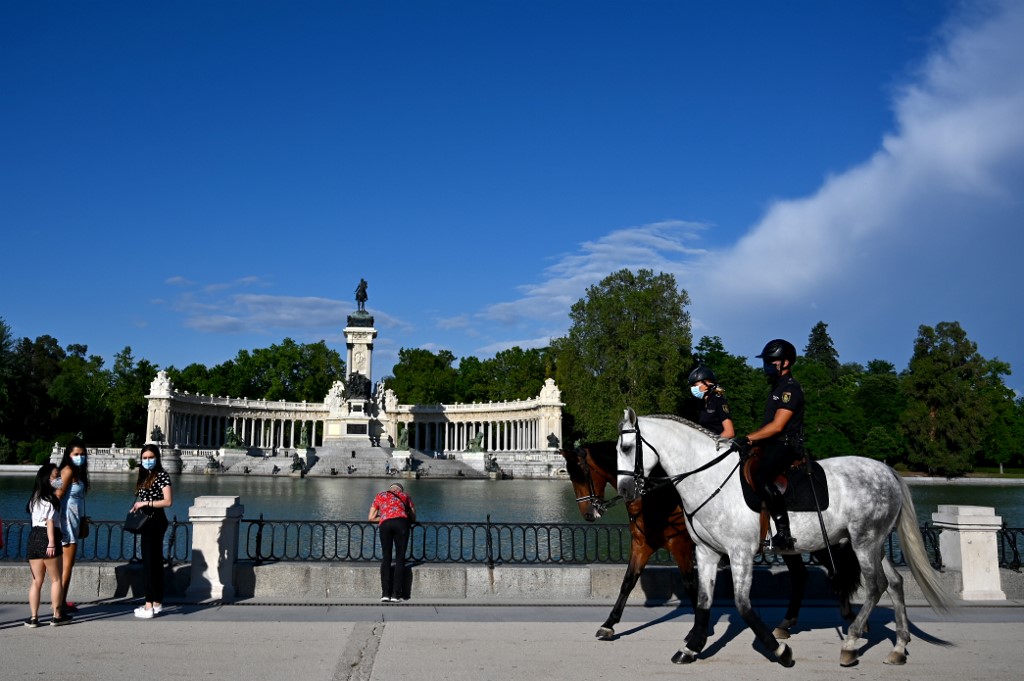
No mention is made of public parks or gardens being closed in the BOE note. And although the early draft included a provision to close children’s playgrounds, that did not appear in the final notice.
Speaking at a press conference on Friday afternoon, the Madrid regional health chief, Enrique Ruiz Escudro, confirmed that public parks and gardens as well as children's playgrounds would remain open.
What about religious sites?
The capacity at religious sites will be cut to one-third and funeral attendees reduced to 15 people in outdoor spaces and 10 indoors.
Are there limits on sports and gyms?
Sports centres and gyms will remain open but limited to 50 percent of capacity indoors and 60 percent outside but classes must not involve more than 6 people all together.
What about cinemas, theatres and cultural activities?
These will remain open but limited to 50 percent of capacity and with social distancing observed.
Will we still have to wear masks?
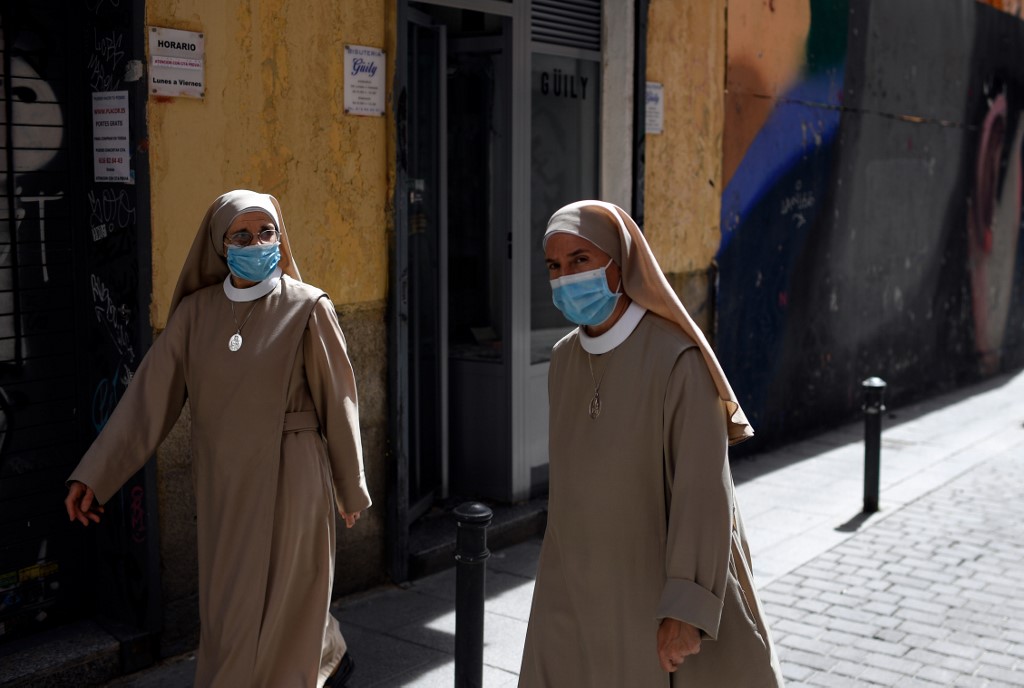
The usual social distancing rules and compulsory mask wearing will remain in place with the same exceptions, which means that when sitting at a table to eat and drink they can be removed.
Can I cross a restricted area?
Traffic will be permitted to pass through the restricted area as long as it is only in transit and its departure and destination points are outside of the restricted zone.
Will public transport be running?
Yes. And you will be allowed to transit a restricted area using public transport as long as your departure and destination points are outside of the restricted zone.
Can I go my second home, a casa rural or a day trip to the countryside?
Unfortunately not, unless it happens to be within the same municipality! That means no weekend trip to the pueblo for a nice autumnal walk in the sierra.
Anything else?
The notice has the recommendation that within a restricted zone, unnecessary movement or trips should be avoided.
How will it be policed?
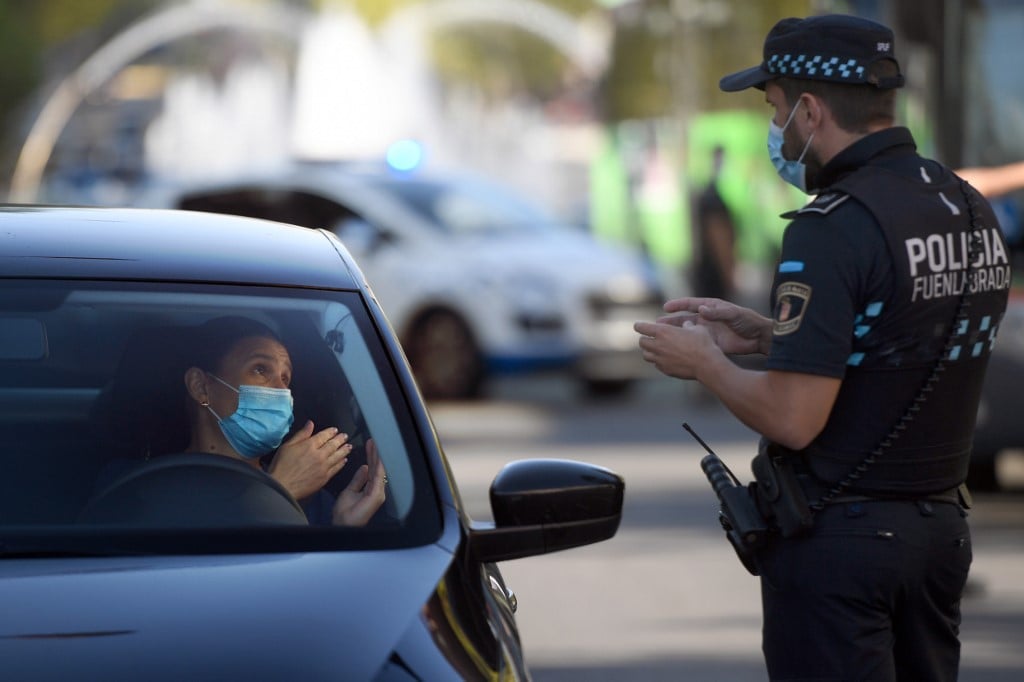
That hasn’t been made clear yet but there will undoubtedly be checkpoints on the main roads leaving the city and at transport hubs.
In the first few days, police will not be issuing fines until the new restrictions are validated by a regional court.
Will we need permits or authorizations?
Again, this hasn’t yet been made clear but authorization slips are required to enter and leave the 45 zones that are already in parital confinement so it makes sense that such a measure might be extended to the entire municipalities.
What about the 45 “health zones” that already have restrictions in place?
The order published on Friday in Madrid's Offical Gazette (BOCM) provides details on what will happen in those “basic health zones” that were placed under partial confinement in two phases in September.
Those that are within municpalities that fall under the new order will have to follow the new restrictions that essentially means they can leave their borders of their basic health zones and are now restricted to the borders of the wider municipality.
However, those health zones that are not within the new 10 restricted municipalities will have the same restrictions applied for another two weeks from Monday October 5th and these are:
Humanes de Madrid and Reyes Católicos in San Sebastián de los Reyes. The health zone of Villa del Prado has also been added to the list from Monday.

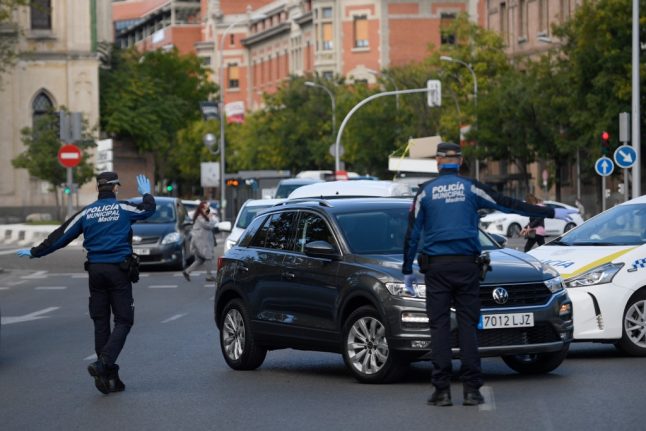
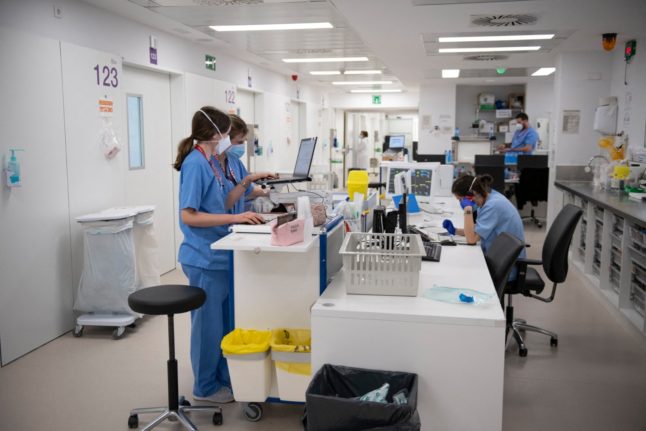
 Please whitelist us to continue reading.
Please whitelist us to continue reading.
Member comments